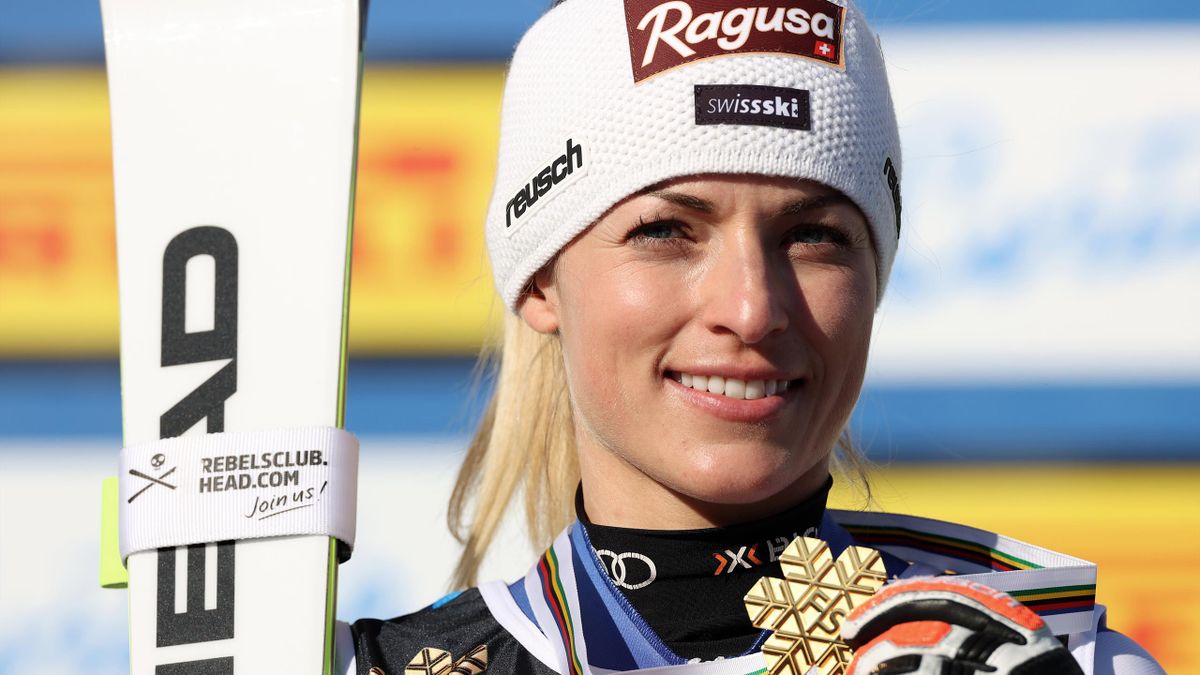By Hermione Silver, Year 11
Set in Athens, the 1896 Olympic Games were the first ever Olympics, and it created a legacy that lives on to this day, nowadays attracting billions of viewers and thousands of competitors every 4 years. The event, however, was not quite as professional or impressive as it is in our day. Spyridon Louis, a Greek competitor in the Marathon (which was 40 km at the time), took home the gold medal, as he was the only athlete out of 17 to make it to the finish line. This athlete, fuelled by cognac and half an orange (according to his nephew), set a previously unimaginable record by cracking the three-hour mark. Today, athletes are striving to crack the two-hour mark. Therefore, we often see high-performance sports as an ever-evolving world, with new records seemingly being set regularly, but this begs the question of whether we will ever reach some type of biological barrier. Experts have wondered whether we have already reached our limit in certain disciplines.
Despite the evolving nature of records in athletics, there are examples of world records that have not been broken in ages and seem impossible to surpass. Perhaps the most notable example of this, often used in debates on the topic, is Usain Bolt’s 100m record set in 2009 in Berlin. Bolt ran the distance in an astounding 9.58 seconds, reaching a speed of 44.72 km/h in the 60 to 80-metre split. This record, set fifteen years ago, is still far from being broken; only Tyson Gay and Yohan Blake have come remotely close at 9.69 seconds, still over a tenth of a second slower in a discipline of milliseconds and millimeters. A study done by Sport Biomechanics at the University of Bath set out to see if this record can truly be broken. Their findings were that “a muscle with a high proportion of large, fast twitch muscle fibers will be able to generate larger amounts of force more quickly than a muscle with a lower proportion.” In other words, it is theoretically possible, but that possibility would entail a miracle potion of genetic improbabilities and rigorous training, to put it lightly.
This record is still fairly recent compared to others, which sparks a feeling of hope and the idea that breaking it is within reach. Other records have been standing for decades and still appear practically untouchable. Such is the case for Florence Griffith Joyner’s 200-metre sprint world record. The American brought home a gold medal at the 1988 Olympics in Seoul, along with a new personal best of 12.41 seconds, 0.37 seconds faster than Marita Koch’s world record at the time. Even today, nearly four decades later, “Flo-Jo”’s record has a margin of practically three-tenths of a second over any other athlete.
Despite the numerous legendary records that have remained unscathed, athletics is for the most part only developing in one direction. With up-and-coming athletes like Jakob Ingebrigtsen, Kelvin Kiptum, Eliud Kipchoge, and Elaine Thompson-Herah, to name a few, the game appears to be continually growing and improving. For example, 2023 saw several world records being broken: on the men’s side, Lamecha Girma set a new record in the 3000m steeplechase, Ryan Crouser in the shot put, Armand Duplantis in the pole vault, Aleksandr Sorokin in the 100km, Kelvin Kiptum in the Marathon, Jakob Ingebrigtsen in the 2000m. On the women’s side, Faith Kipyegon set a new record in the 1500m and mile, Diribe Welteji in the mile too (road), Gudaf Tsegay in the 5 km, same for Beatrice Chebet on road, Agnes Ngetich in the 10 km (road) and finally Tigst Assefa in the Marathon. If there’s one thing this tedious list proves it is that athletes are getting faster, stronger, and fitter, and as a result, it is changing the playing field. In other words, we can certainly envisage a sub 2-hour (official) marathon record, to take a specific example.
However, it is interesting to note that the events with the most long-standing “unbreakable” records are those of extreme explosivity. This links back to the initial question of whether we have reached the biological limits to human evolution, except the relevance only seems present for these explosive disciplines. So what distinguishes these different disciplines which are already separated by their progression, or lack thereof? Well, when we consider the purely biological aspects, it all boils down to muscle composition. Sprinters need fast-twitch fibers, which rely on anaerobic respiration to fuel muscle contractions, to run as fast as they do. Long-distance runners, on the other hand, have slow-twitch fibers which rely on aerobic respiration to fuel muscle contractions; this helps them maintain a slower pace over a longer period. If we see developments in the world of long-distance running but not in the world of sprinting, it must in part be due to these types of muscle fibers, and their fixed or evolving limits.
So, is it wrong to theorize that we have already reached a limit in fast-twitch muscle disciplines? Not necessarily, but this theory still suggests that Usain Bolt or Florence Griffith Joyner’s records, to give two examples from many, can still be broken. All this theory dictates that the times and speeds will eventually plateau, and in some cases, may have already. This may seem disappointing to many, but it also means that races could become tighter and tighter, with competitors finishing inches apart. In any case, athletes should not and will not let scientists or experts tell them where their limits lie. This idea of biological limits cannot change the sport unless we allow it to.



